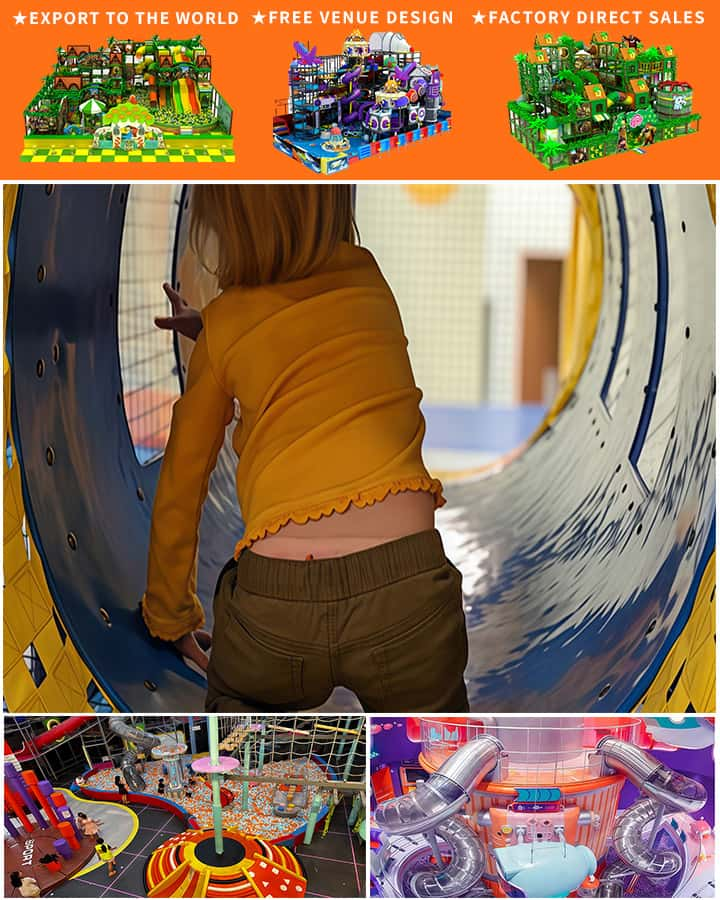In today’s digital age, ensuring that children have access to engaging, developmental play is more crucial than ever. An indoor play area for kids can be a game-changer in promoting physical, cognitive, and social growth. These spaces are not just zones of entertainment; they are dynamic environments where children learn, explore, and thrive. This article delves into the importance of indoor play areas and offers insights on how to create a stimulating environment that supports child development.
The Importance of Indoor Play Areas
Indoor play areas serve as sanctuaries where children can engage in unstructured play, away from the confines of screens and outdoor weather conditions. These spaces provide numerous benefits:
- Physical Development: Climbing structures, slides, and tunnels help develop motor skills, balance, and coordination. Activities like running, jumping, and crawling strengthen muscles and improve overall fitness.
- Cognitive Growth: Interactive toys and puzzles enhance problem-solving skills, creativity, and spatial awareness. Educational games introduce concepts of numbers, letters, and basic science principles in a fun, hands-on manner.
- Social Skills: Shared play areas encourage interaction with peers, fostering teamwork, cooperation, and communication. Children learn conflict resolution, sharing, and empathy through guided play.

Designing an Optimal Indoor Play Area
Creating an effective indoor play area requires careful planning and consideration of various elements to ensure it is both safe and stimulating. Here are key components to focus on:
- Safety First: Use non-toxic materials and ensure all equipment is securely anchored. Soft flooring such as foam mats or rubber tiles can prevent injuries from falls. Regular inspections are necessary to maintain safety standards.
- Variety of Activities: Incorporate diverse play stations to cater to different interests and developmental stages. Zones for physical play, imaginative play, sensory exploration, and quiet time can provide a well-rounded experience.
- Accessibility: Design the space to be inclusive, allowing children of all abilities to participate. Ramps, adaptive equipment, and sensory-friendly areas can make the play area welcoming for everyone.
- Engaging Decor: Bright colors, themed murals, and natural elements like plants can stimulate curiosity and creativity. Lighting should be adequate but soft to create a warm and inviting atmosphere.
Benefits Beyond Play
An indoor play area is more than just a recreational space; it is an investment in a child’s future. Here are some additional advantages:
- Stress Relief: Play helps reduce stress and anxiety by providing an outlet for energy and emotions. A calm and happy child is more focused and ready to learn.
- Parent-Child Bonding: Spending quality time together in a playful setting strengthens the parent-child bond. It provides opportunities for shared experiences and mutual enjoyment.
- Educational Support: Many indoor play areas incorporate educational themes and activities, complementing school curricula and enhancing learning outside the classroom.
Conclusion
An indoor play area for kids is a vital component in their overall development. It offers a multifaceted environment where children can grow physically, cognitively, and socially while having fun. By carefully designing and maintaining these spaces, parents and educators can create nurturing environments that foster growth, learning, and happiness. Investing in an indoor play area is investing in the future, ensuring that children have a foundation built on play, exploration, and joyful discovery.




